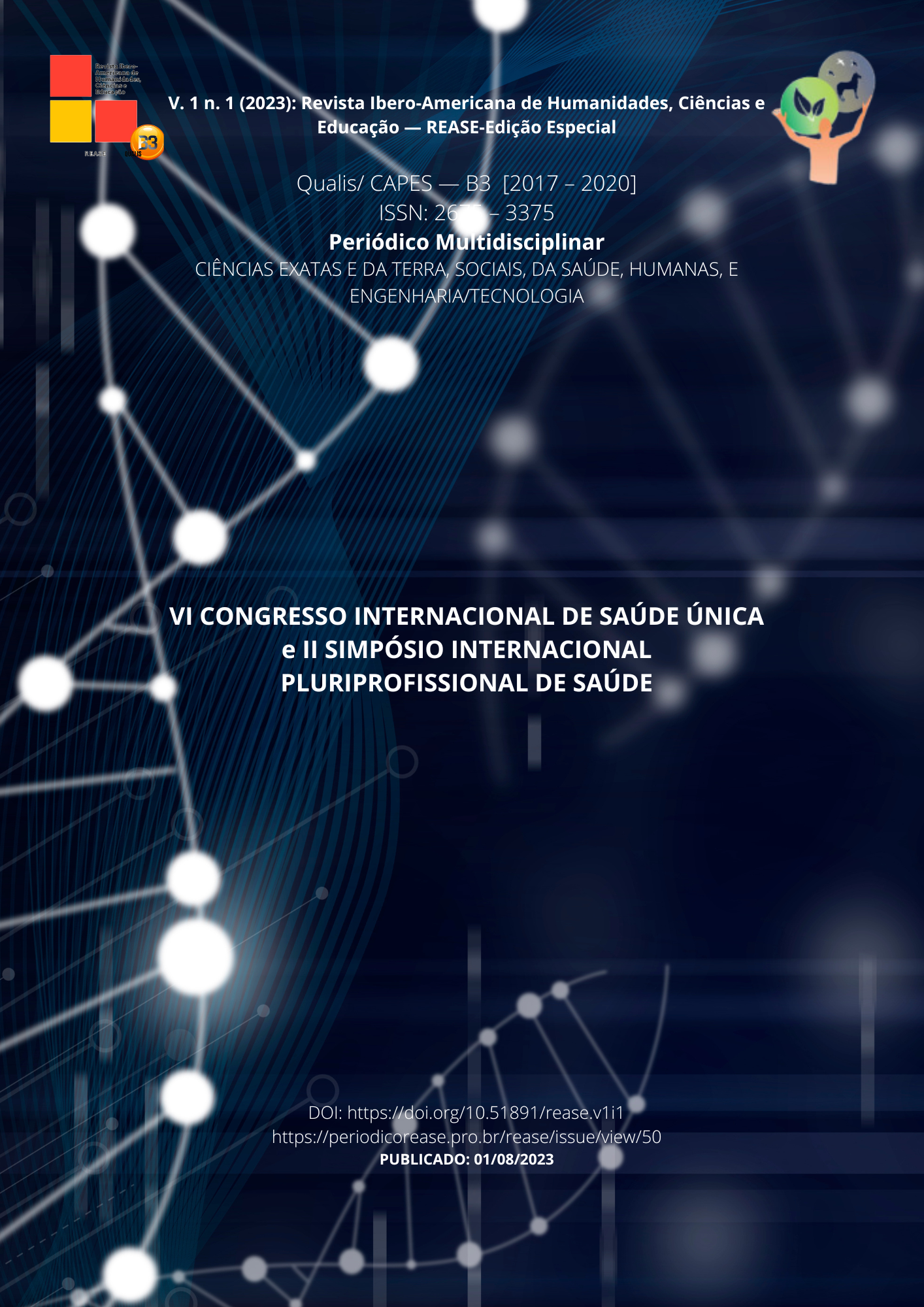INTERVENÇÃO FISIOTERAPÊUTICA EM MULHERES COM DISMENORREIA PRIMÁRIA: REVISÃO INTEGRATIVA DE LITERATURA
DOI:
https://doi.org/10.51891/rease.v1i1.10529Palavras-chave:
Dismenorreia primária, Fisioterapia, Atuação fisioterapêutica, Dor.Resumo
A dismenorreia primária, mais conhecida como cólica menstrual, é uma dor associada a ausência de lesões nos órgãos pélvicos, devido à produção intensa de prostaglandinas. Ela é classificada em primária e secundária, a dismenorreia é um distúrbio que atinge metade da população feminina em idade fértil. Na maioria dos casos são acompanhados de outras manifestações, como cefaleia, inchaço abdominal e dolorimento mamário, esses sintomas podem permanecer por todo o período menstrual. As causas da dismenorreia primária podem ser por vários fatores, como, psíquico, ligado ao sofrimento pela menstruação e o fator endócrino, que pode ser devido ao aumento da concentração sanguínea de estrogênios e pregnantriol, que são responsáveis em altearem as taxas de vasopressina, contribuindo uma miocontração e vasoconstrição. Assim, para tratar, essas pacientes, o fisioterapeuta melhora através dos exercícios a ação dos órgãos extre-pélvicos e pélvicos, o fluxo sanguíneo, o metabolismo, as condições hemodinâmicas e o equilíbrio hidroeletrolítico, proporcionando a analgesia. Diante disso, esse trabalho tem como objetivo compreender a intervenção fisioterapêutica em mulheres com dismenorreia primária. Trata-se de uma revisão integrativa, na qual foi utilizado as seguintes bases de dados: SCIELO, lilacinas E PUBMED, fazendo uso de artigos publicados entre 2010 a 2019. Utilizando as seguintes palavras-chave em inglês e português: “Dismenorreia primária”, “fisioterapia”, “Atuação fisioterapêutica” e “Dor”. O resultado da pesquisa demonstra que a intervenção fisioterapêutica, através dos inúmeros recursos, promovem vários benefícios as pacientes com dismenorreia primária. Assim conclui-se que a fisioterapia reduz a dor e diminui a ocorrência dos sintomas, como também reduz o uso de medicamentos.
Downloads
Downloads
Publicado
Como Citar
Edição
Seção
Licença
Atribuição CC BY

